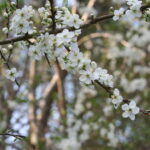
Between April and July our most popular blogs looked at chewing gum for orthodontic pain, mouthwashes to promote gingival healing and the impact of malocclusion on quality of life.
[read the full story...]
Between April and July our most popular blogs looked at chewing gum for orthodontic pain, mouthwashes to promote gingival healing and the impact of malocclusion on quality of life.
[read the full story...]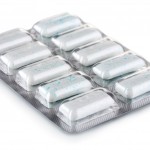
This review of the efficacy of chewing gum in reducing pain intensity in patients undergoing fixed orthodontic treatment included 16 RCTs. The findings suggest , chewing gum was significantly more effective than both pharmacologic agents and placebo in reducing orthodontic pain 24 hours. However the evidence is of very low certainty.
[read the full story...]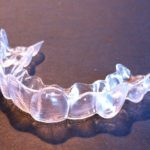
This review of the effectiveness of Invisalign® included 22 studies only 3 of which were RCTs only providing a limited amount of very low quality evidence.
[read the full story...]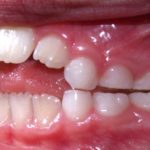
15 studies were included in this review of early orthodontic management and orofacial muscle training protocols in the developing dentition. All the included studies were at high risk of bias so high-quality evidence for early orthodontic management and myofunctional treatment in the developing dentition is lacking.
[read the full story...]
This Cochrane review compared titanium & bioresorbable fixation systems for orthognathic surgery. Only 2 RCTS were identified providing insufficient evidence to determine if titanium plates or resorbable plates are superior.
[read the full story...]
This review of treatments for teeth with intrusive luxation included 8 studies. The studies were all considered to be at high risk of bias and suggested that spontaneous re-eruption should be the treatment of choice. However the small number of studies and limited quality means these findings should be interpreted with caution.
[read the full story...]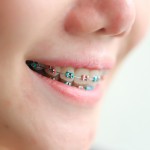
Only 8 studies at high risk of bias were available for this review of treatments for post orthodontic white spot lesions (WSLs) . They provide little reliable evidence to support remineralising or camouflaging strategies to manage WSLs.
[read the full story...]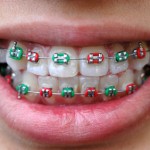
This review of satisfaction with orthodontic treatment included 18 questionnaire-based studies, involving 2891 patients and 464 parents. Based on the available limited evidence, satisfaction was associated with perceived aesthetic outcomes, psychological benefits, and the quality of care.
[read the full story...]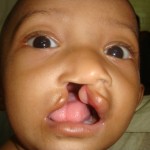
This review included 15 retrospective case-controlled studies and found that Maternal passive smoking was associated with an increased risk in non-syndromic orofacial clefts OR= 2.11, (95% CI: 1.54-2.89)
[read the full story...]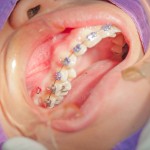
This recent update of a Cochrane review considers the question as to whether surgical or conventional anchorage is more effective. Surgical anchorage was more effective but there is limited information on patient reported outcomes such as pain.
[read the full story...]